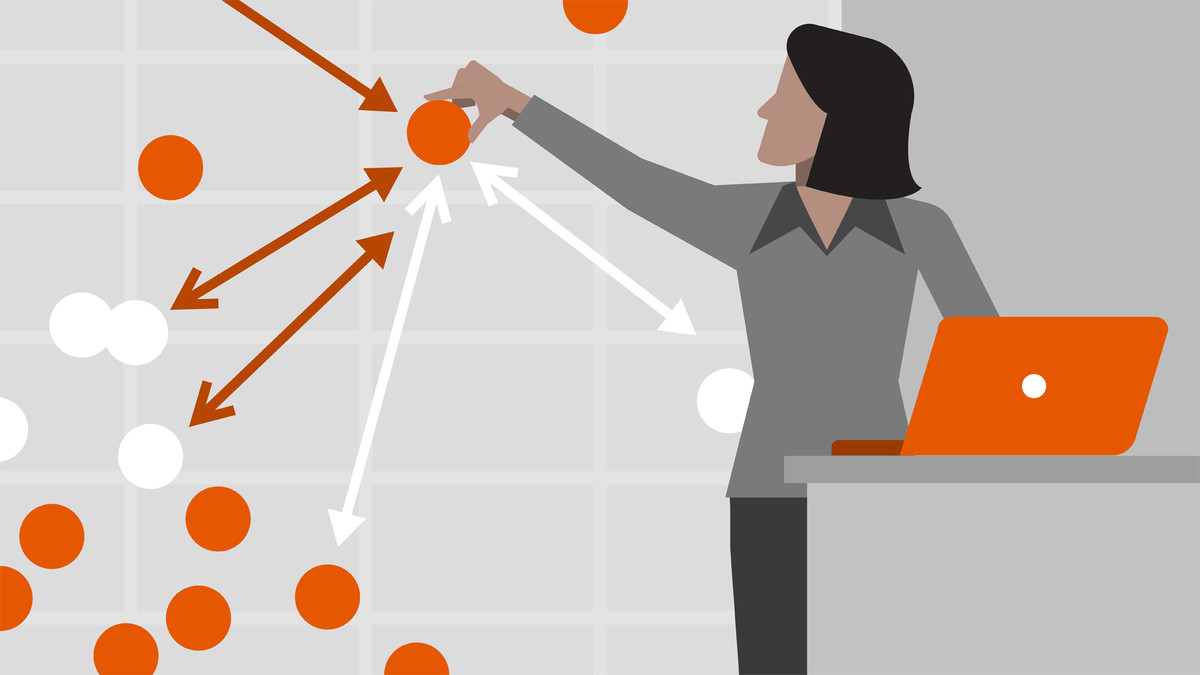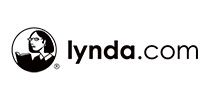در حال حاضر محصولی در سبد خرید شما وجود ندارد.

Unsupervised learning is a type of machine learning where algorithms parse unlabeled data. The focus is not on sorting data into known categories but uncovering hidden patterns. Unsupervised learning plays a big role in modern marketing segmentation, fraud detection, and market basket analysis. This course shows how to use leading machine-learning techniques—cluster analysis, anomaly detection, and association rules—to get accurate, meaningful results from big data.
Instructor Keith McCormick reviews the most common clustering algorithms: hierarchical, k-means, BIRCH, and self-organizing maps (SOM). He uses the same algorithms for anomaly detection, with additional specialized functions available in IBM SPSS Modeler. He closes the course with a review of association rules and sequence detection, and also provides some resources for learning more.
All exercises are demonstrated in IBM SPSS Modeler and IBM SPSS Statistics, but the emphasis is on concepts, not the mechanics of the software.
در این روش نیاز به افزودن محصول به سبد خرید و تکمیل اطلاعات نیست و شما پس از وارد کردن ایمیل خود و طی کردن مراحل پرداخت لینک های دریافت محصولات را در ایمیل خود دریافت خواهید کرد.


آموزش ضروری تجزیه و تحلیل پیش نگر: داده کاوی

Machine Learning and AI Foundations: Decision Trees with SPSS

دوره یادگیری انجام پروژه های یادگیری ماشینی با KNIME

آشنایی با بازگشت سرمایه ( ROI ) در سیستم های تحلیل و پیش بینی

Executive Guide to Human-in-the-Loop Machine Learning and Data Annotation

Machine Learning and AI Foundations: Advanced Decision Trees with KNIME

مبانی هوش مصنوعی و یادگیری ماشینی : پیش بینی، علیت و استنتاج آماری

آموزش مهارت های غیر فنی Data Scientist های موفق

آموزش ایده های داشتن درآمد جانبی ویژه متخصصان تحلیل دیتا

Introduction to Machine Learning with KNIME